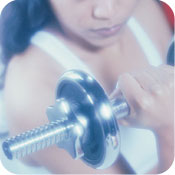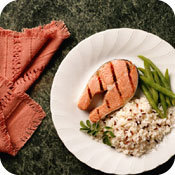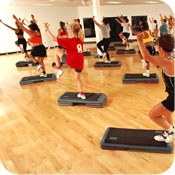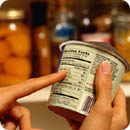 For two years I was a sex-ed teacher. A common topic was puberty, which required me to ever-so-gingerly reveal the story of the birds and the bees. My teaching tools were simple: poster-sized drawings of the male and female reproductive organs, and a demo “puberty bag”, containing a variety of items that related to puberty, to help congeal the knowledge I’d (hopefully) transferred to them over the course of the session. Brave volunteers would blindly choose an item from the bag and explain to the class how it could come in handy during puberty.
For two years I was a sex-ed teacher. A common topic was puberty, which required me to ever-so-gingerly reveal the story of the birds and the bees. My teaching tools were simple: poster-sized drawings of the male and female reproductive organs, and a demo “puberty bag”, containing a variety of items that related to puberty, to help congeal the knowledge I’d (hopefully) transferred to them over the course of the session. Brave volunteers would blindly choose an item from the bag and explain to the class how it could come in handy during puberty. Besides the obvious likes of sanitary pads and pimple cream, the kit contained a plastic ear, to represent the fact that it’s useful to have someone to talk to during the sometimes difficult years of adolescence, and a jump rope, to represent the importance of exercise. Those kids learned that exercise not only helps you to stay fit and healthy, but for the burgeoning women in the room, it could actually help ease unpleasant effects of the menstrual cycle, like cramps and bloating. If you’re reading this, you’re obviously not in the fourth grade, but that might have been the last time you reviewed the basics of your menstrual cycle. But if you're like most women, you might have never learned how to effectively mix that time of the month with a regular exercise routine. Read on for a period refresher, and information about how to work with your cycle when you’re trying to get and stay fit. Cycle Basics Your menstrual cycle begins on the first day of your period. It continues until your next period begins, usually about 28 days later. We break up the cycle into several phases, which occur as follows (keep in mind that every woman's cycle varies, so the numbers you see below are estimates):
Continued › |
Exercise and Your Period
What You Need to Know to Go with the Flow
Page 1 of 2 Next Page ›






Member Comments